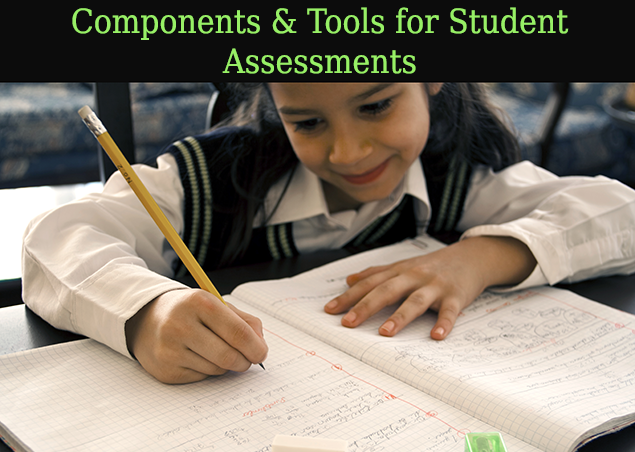How can Teachers Effectively Assess Student Learning?
Posted by Network Support · Leave a Comment
Learn how to provide student assessments that are effective and facilitate growth in all areas of learning. Include simple components in your assessments to meet student goals.
In a standard-based integrated program, assessments often take the shape of a carefully designed general task through which students are asked to not only demonstrate understanding of the concepts taught, but also their mastery of the cross-curricular skills involved. When trying to determine the level of a students learning, a student assessment task is a helpful tool. In these specific tasks it is important that the student is assessed on many levels. This is not an assignment to determine facts memorized by the student, but a task that covers the different levels of learning and if the students is growing in all of them. In order for students to become better learners they must first be taught how to learn.
Ideally, the assessment task(s) should be an evaluation of how students manage the “Four D’s”:
1. Discovery:
Curiosity is a big factor in building new conceptual understandings. The assignment needs to assess the level of inquisitiveness that the student displays and how they use discovery to learn new information.
2. Disposition:
Students’ interactions are important in the collaborative learning aspects of an integrated curriculum. The assignment needs to assess the students’ attitudes towards each other and towards learning.
3. Dexterity:
The assignment needs to involve many different cross-curricular skills that can be transferred from one subject to another.
4. Decision:
Knowing how to use and apply new knowledge make students responsible citizens in the 21st Century. The assignment needs to measure the pertinence of students’ initiatives and evaluate the depth of their self-reflection.
Other tools for Assessment:
In a standard based integrated curriculum, one can find a variety of assessment tools. These include quizzes, response journals, portfolios, graphic organizers, etc. that can be used in a disciplinary or interdisciplinary way.
For assessments, a rubric has criteria and ways to see where the student is in regards to these criteria. A disciplinary approach to using a rubric may be developing criteria that assess elements of writing in language arts (punctuation, spelling, etc.). A more interdisciplinary manner would require the criteria to address both content and concepts, in addition to skills.
When it comes to student assessments make sure you have the right tools that address skills that relate to all types of learning. Assessment will lead to growth when used effectively.
Like this article for teachers?
Browse the Professional Learning Board COURSE CATALOG to find related online courses for teachers in your state. Professional Learning Board is a leading provider of online professional development classes that teachers use to renew a teaching license or renew a teaching certificate.





